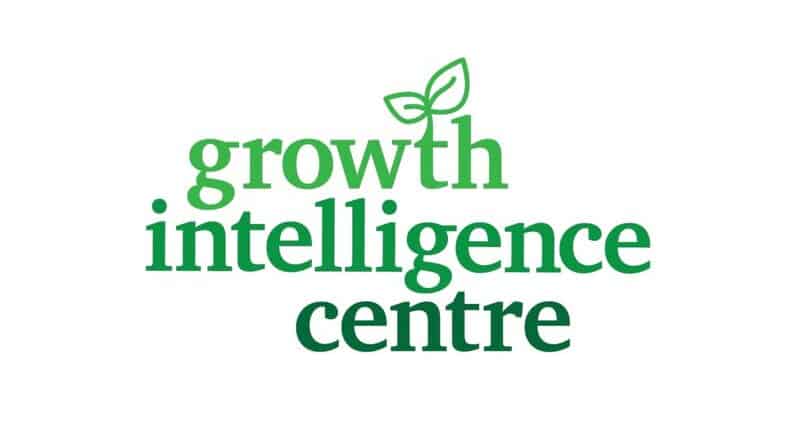Shifts in consumer behaviour have played a significant role in the evolution of media and technology post-pandemic.
The rate of change and growth will only continue to accelerate, so brands will need to explore navigating this human behavioural change.
Dan Krigstein, general manager of News Corp Australia’s Growth Intelligence Centre, led the discussion on Consumer Shifts Shaping the Future of Media at Advertising Week APAC, which made its in-person return last month.
The panel featured Thinque founder Anders Sörman-Nilsson, Accenture managing director Sumi Sran and Edwina McCann, editor-in-chief of Vogue Australia.
Following the discussion, Krigstein spoke to Mediaweek about the consumer trends shaping the future of media, how brands should navigate behavioural changes and the renaissance of investment in consumers.
Explaining what the Growth Intelligence Centre does, Krigstein said: “News Corp is in the business of understanding audiences and consumers better than any other company and market.
“My team relentlessly explores consumer dynamics, unpacks the future of audiences, where audiences are shifting, what their needs are and how their needs are emerging.
“Think of us like an audience research and development centre,” he added.
Consumer trends that will reshape the future of media
Krigstein noted three broad media areas that consumer trends will reshape. First is the shift in the way audiences are composed.
“Historically, media organisations have served what I would call whale audiences, and those whales are fragmenting into fish,” he said. “We’re seeing people fragment socially and culturally off the back of enabling technology and the fundamental reshaping of how we see communities.”
Krigstein explained that the pandemic had taught society that we don’t need to be close to people to feel part of a close-knit community.
“I think we’re going to see an interesting dynamic play out where consumers are going to several different destinations versus getting their news from a single source of truth,” he added.
The second area noted by the GM is the recalibration of people’s content needs. “We’re seeing the shift from yesterday’s news to tomorrow. Consumers are looking more for assistance in navigating what matters most to them tomorrow,” he said.
“We see meaningful shifts in engagement. Consumers are expecting a much deeper relationship with content creators and content providers. We see this in the explosion of user-generated content and direct-to-consumer models like Cameo and Patreon.”
Krigstein noted that the industry must work hard to create intimacy with consumers through their channels.
The GM added that there are also meaningful shifts in where content is distributed. “Our consumers expect us to meet them where they are on their terms,” he said.
“It is incumbent on us to be where they are when they want, and in the form factors that they want. We as a publisher have to respond to that in the service of our customers,” Krigstein.
How brands should navigate consumer behavioural changes
For brands navigating the cost of behavioural changes, particularly following the pandemic during which people’s processes changed, Krigstein said that brands should never presume on customers.
“Brands can very easily rest on their laurels. What we’ve seen with the pandemic is that it is fundamentally all up for grabs.
“Through circumstances we’ve either elected to or been passengers in – think supply shortages, toilet paper not being available, year and a half long wait for certain vehicles – customers are re-entering and exiting markets much more fluidly than they’ve ever been.”
Krigstein noted that brands should never assume they understand their customers’ needs in absolute. He said: “The antidote is to relentlessly advocate for your consumer.”
“Putting your customer at the fore, being unapologetic in your pursuit of what delights them, what keeps them up at night, and what their jobs are to be done – that’s going to be the element that separates the wheat from the chaff,” he added.

The metaverse’s place with marketers, publishers, and consumers
The interest in the metaverse, particularly for marketers, publishers, and consumers, is undoubtedly growing.
Krigstein said that brands and publishers should expect to be across the tangible and intangible when it comes to where their customers are and where they are spending time.
The GM noted growing metaverse research that suggests we are at the “peak of the hype” and that discussions around it will likely come off the boil and recalibrate, much like the dot-com bubble.
Krigstein said the metaverse is still evolving rapidly, and there are inherent risks when it comes to being a leader in the space.
“We’re seeing this in NFTs and blockchain where there are meaningful risks for brands to play in that space, given it is rampant, with subversive behaviour and scams. It is both a blessing and a curse to be completely anonymous and agnostic.”
“I think it’s striking the right balance and understanding where your customers are. If your customers are co-existing in the metaverse, then absolutely what your brand needs to be in that space,” he said.
However, for his part, Krigstein said he had a more conservative view. “I would like to see the ecology of the metaverse play out a little further before I would be plunging in, particularly as the regulatory environments are not catching up with the metaverse,” he said.
“It’s very easy for your brand to invest in that space and then for the European Union or any geographic legislative body to come in, flick a switch on legislation, and suddenly, your context in the metaverse has meaningfully changed,” Krigstein added.
The renaissance of investment in consumers
Looking ahead, Krigstein shared that brands must go back to basics as consumers recalibrate their needs.
“I’m most excited about this renaissance of consumer investment. We will have to re-evaluate the needs of our customers and our products and services as it pertains to serving their needs.”
The GM also forecasted a shift in seeing brands and services start with consumers and human-centred designs.
“Rather than starting with a product and trying to find an audience, I think we’re going to start seeing brands, publishers, and media companies begin with the consumer and then create products, ecosystems and ecologies that serve needs.
“That excites me that we will see the consumer brought to the fore,” he added.
Krigstein added: “Consumers already are king, queen, castle and rook. What we’re seeing now is an increased level of onus on enterprises to serve their consumers first and all else second.”
–
Top image: Dan Krigstein
